The National Cancer Institute and the US National Library of Medicine established CANCERLINE
On Dec. 17, 1974, CANCERLINE, a national database of published cancer research, was established by the National Cancer…
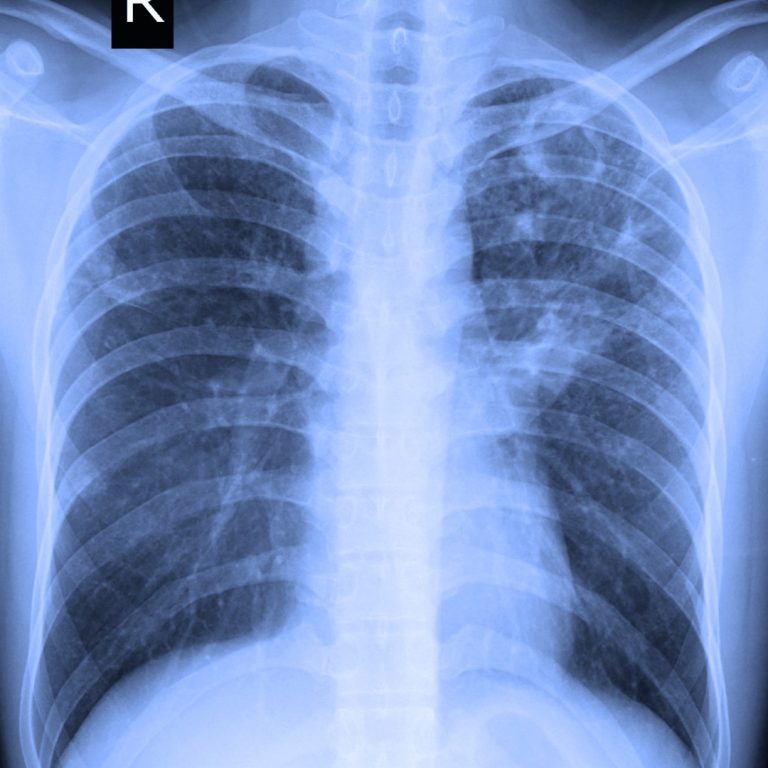
On Dec. 17, 1974, CANCERLINE, a national database of published cancer research, was established by the National Cancer…
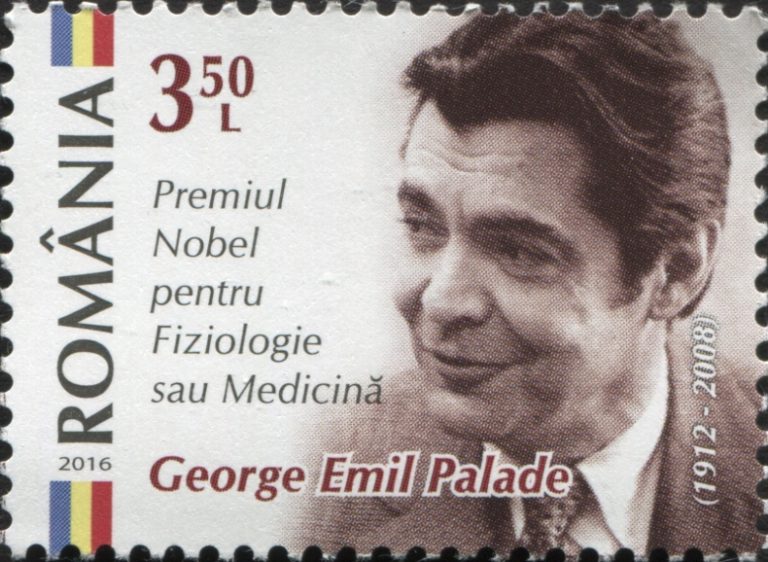
In 1974, George E. Palade, of the Yale University School of Medicine, was awarded the Nobel Prize for…

On Sept. 12, 1974, the National Cancer Institute (NCI) made its first cancer control awards to state health…
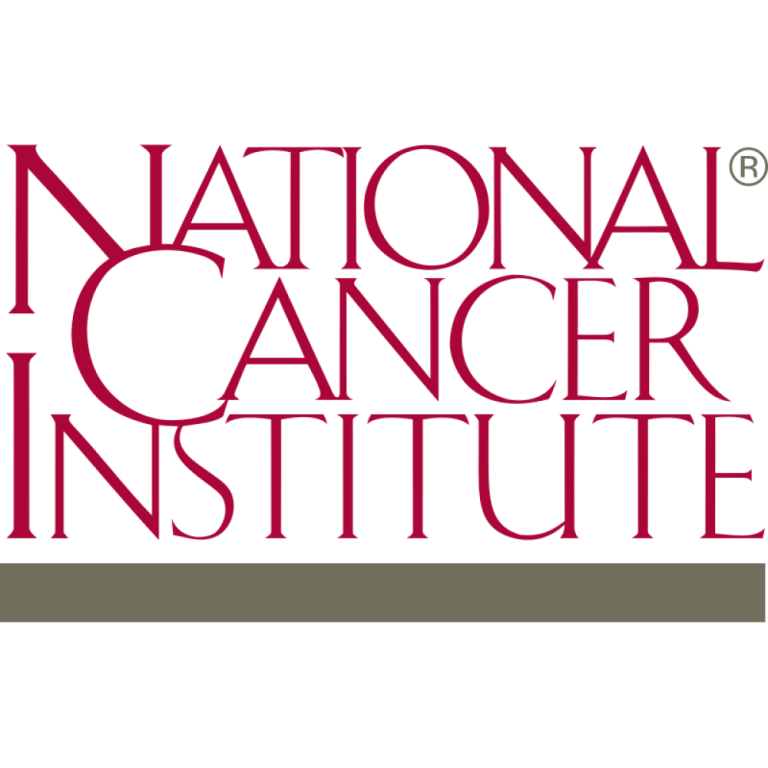
On Sept. 10, 1974, the Division of Cancer Control and Rehabilitation (DCCR) was established by the National Cancer…

On Sept 2, 1974, Congressman John N. Erlenborn from Virgnia, the ranking Republican on the House Committee, was…
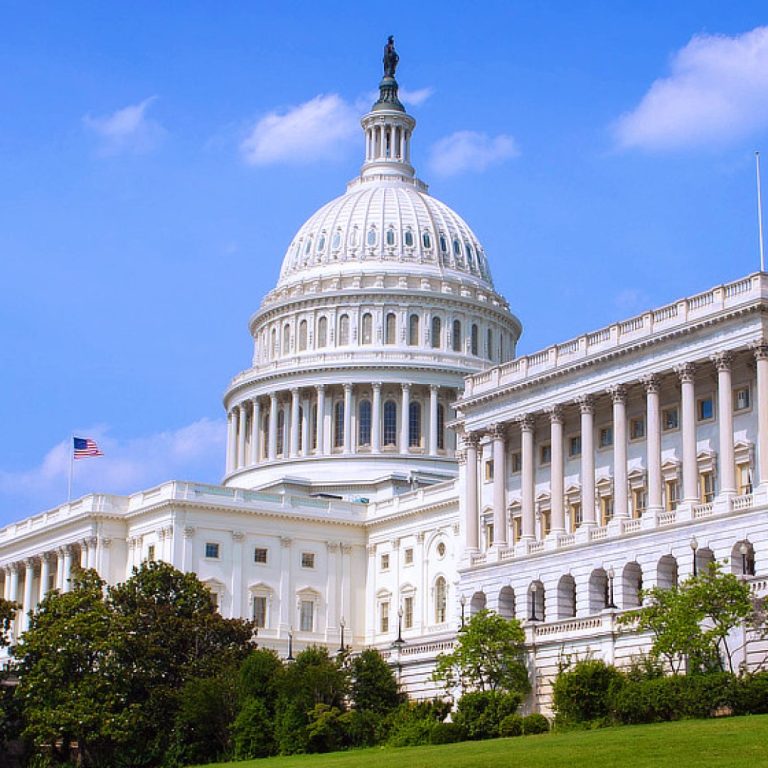
On Jul. 23, 1974, the National Cancer Act Amendments of 1974 (P.L. 93-352) were signed by the President…

In Jul. 1974, In the Division of Pharmaceutical Service at the University of Iowa began producing cGMP compliant…

On Jun. 2, 1974, the Burn Center at Harborview Medical Center received its first patients. It is now…
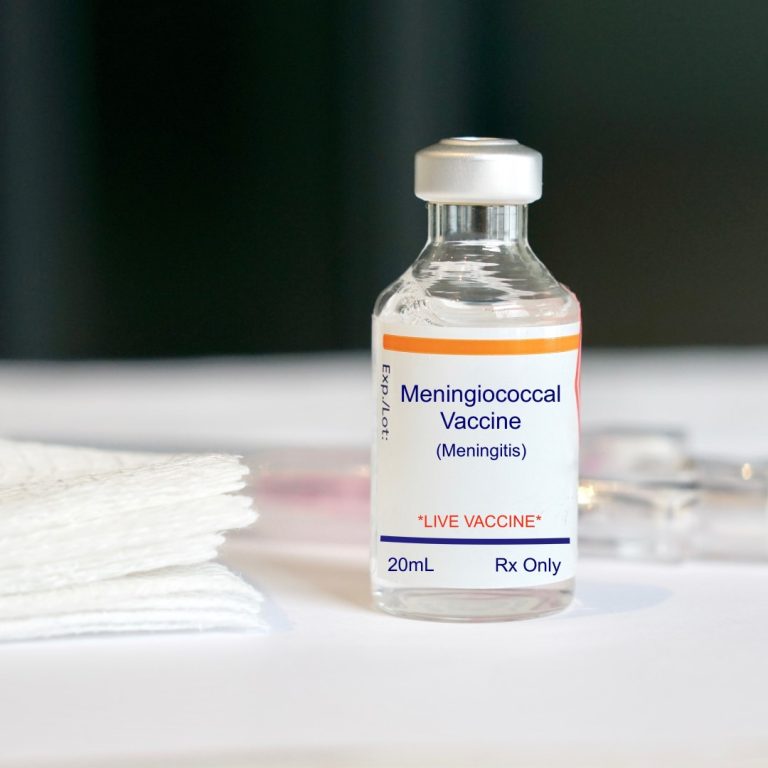
On Apr. 2, 1974, the U.S. Food and Drug Administration (FDA) licensed the first monovalent (group C) meningococcal…
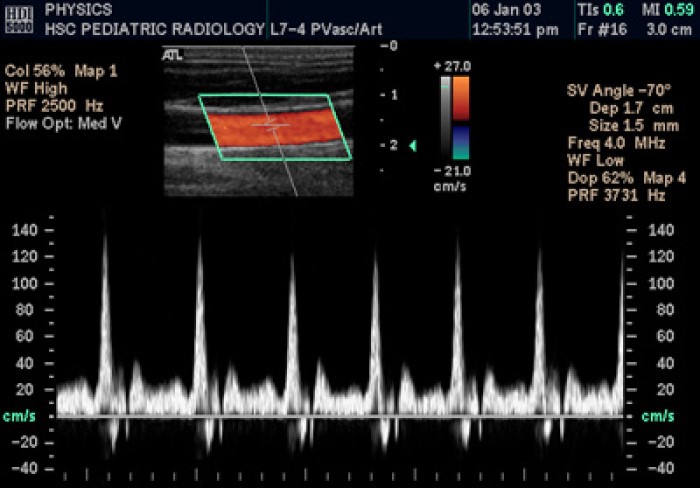
On Mar. 1, 1974, researchers from the University of Washington (UW) published in Transactions in Biomedical Engineering, the…
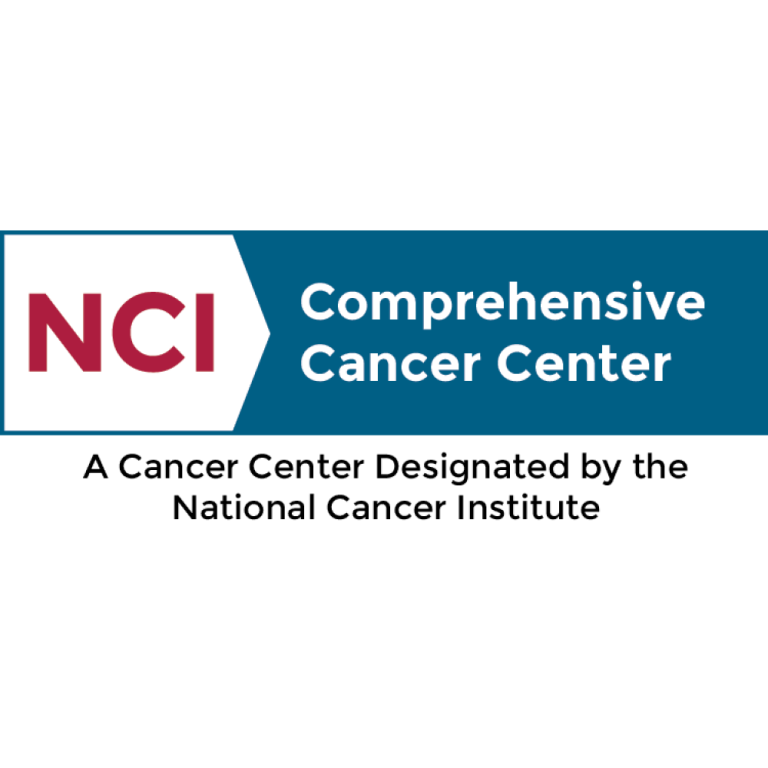
In 1974, The Massachusetts Institute of Technology (MIT) Center for Cancer Research (CCR) received National Cancer Institute (NCI)…

In 1974, the Michigan Cancer Foundation and Wayne State University formed a Joint Committee for Cancer Studies and…
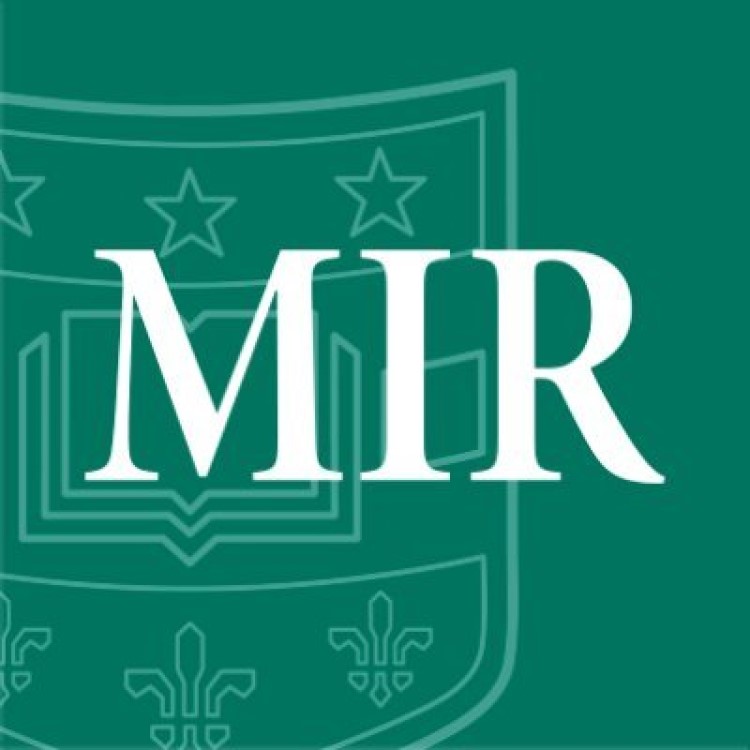
In 1974, the Mallinckrodt Institute of Radiology in St. Louis partnered with London’s EMI, Ltd. to develop a…
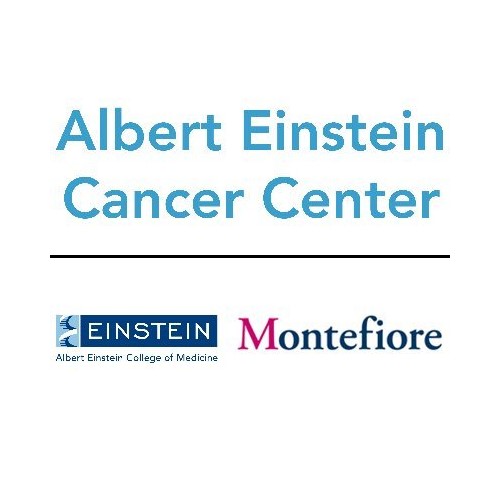
In 1974, Albert Einstein Cancer Center’s Liver Research Center — now the interdisciplinary Marion Bessin Liver Research Center…

In 1974, Dr. Victor Ling at the University Health Network in Toronto identified cell surface glycoprotein as a…

In 1974, Professor Philip Seeman MD, PhD, DSc FRSC, Order of Canada, an ACNP Member Emeritus reported the…

In 1974, the University of Oregon Health Sciences Center (OHSU) was formed as an independent institution under the…

In 1974, the Northwestern University Cancer Center was founded. Now known as the Lurie Cancer Center, it is…

In 1974, Straub Medical Research Institute (SMRI) was renamed the Pacific Health Research Institute (PHRI) to better reflect…

In 1974, Bioversity International was established as the International Board for Plant Genetic Resources (IBPGR) to coordinate an…

In 1974, the modern era of biotechnology began when Stanley Cohen of Stanford University and Herbert Boyer of…
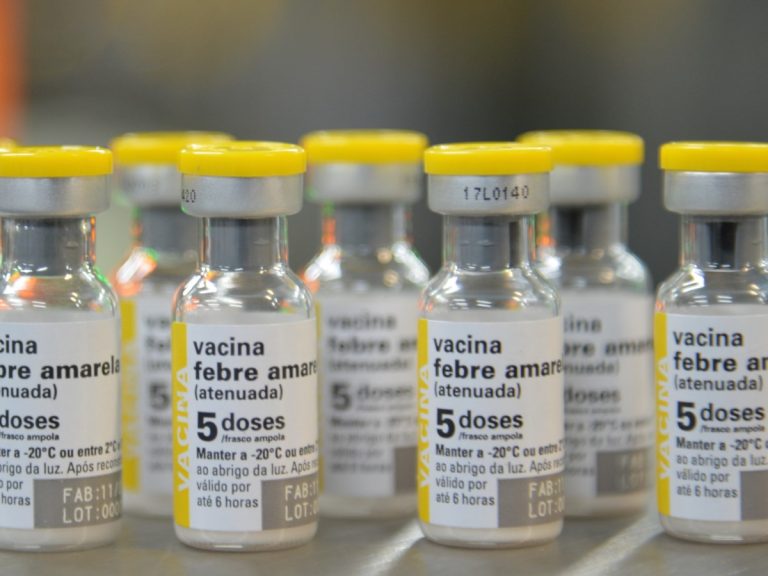
In 1974, the Expanded Programme on Immunization was created within World Health Organization (WHO) in response to poor…

In 1974, ground was broken on The Scripps Clinic and Research Foundation’s new site on the Torrey Pines…
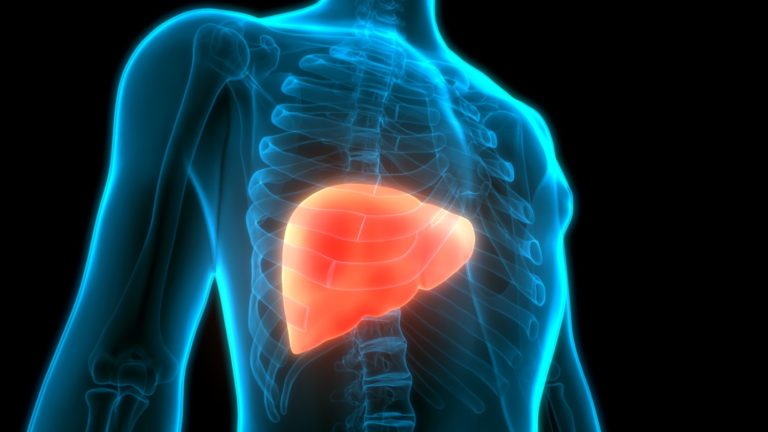
In 1974, Stanford Medicine researcher William S. Robinson successfully isolated the genome of the hepatitis B virus, which is…

In 1974, the University of Southern California established an ophthalmology department. Today, the Keck Department of Ophthalmology is…
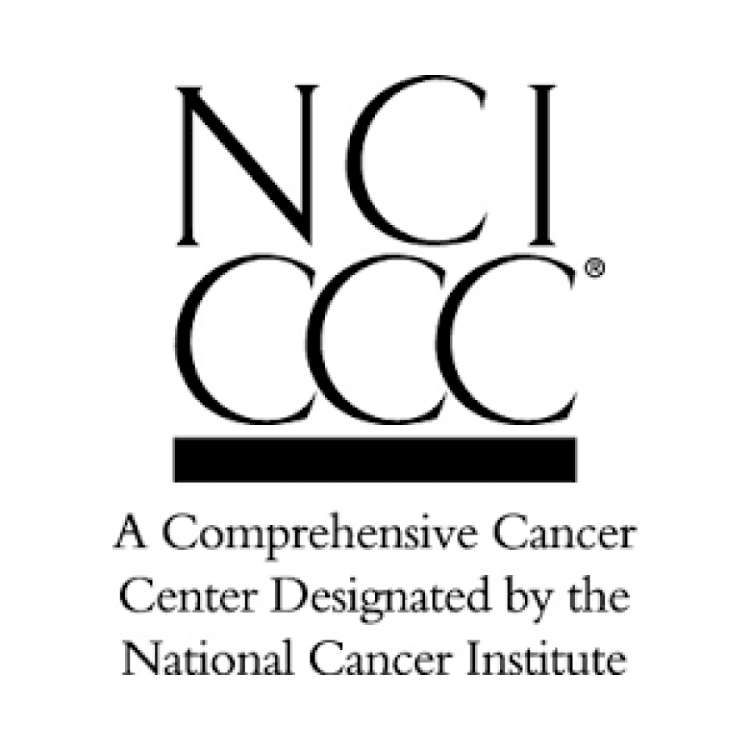
In 1974, Yale Cancer Center received a National Cancer Institute (NCI) designated comprehensive cancer center status, the only…
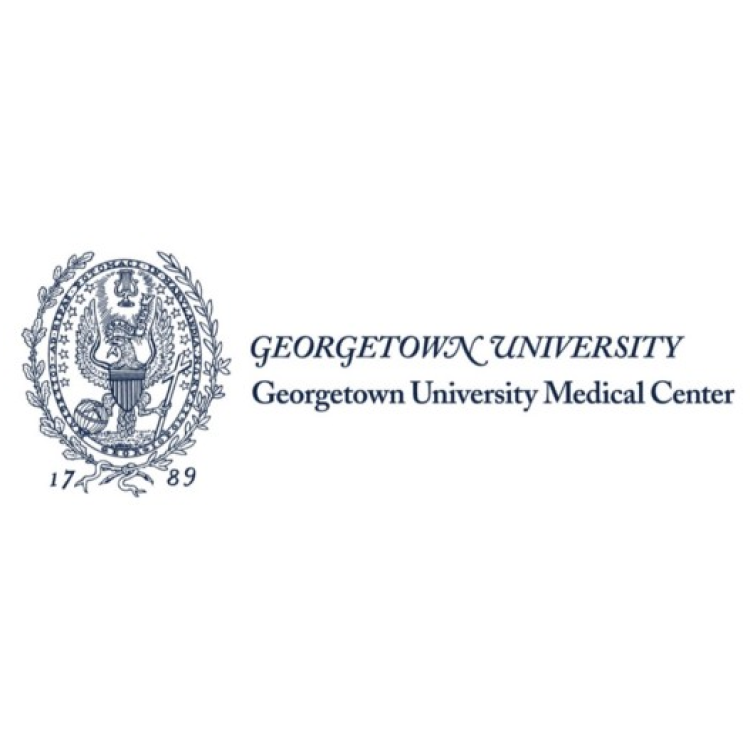
In 1974, the Georgetown University Medical Center authorized the establishment of a cancer center named in honor of…
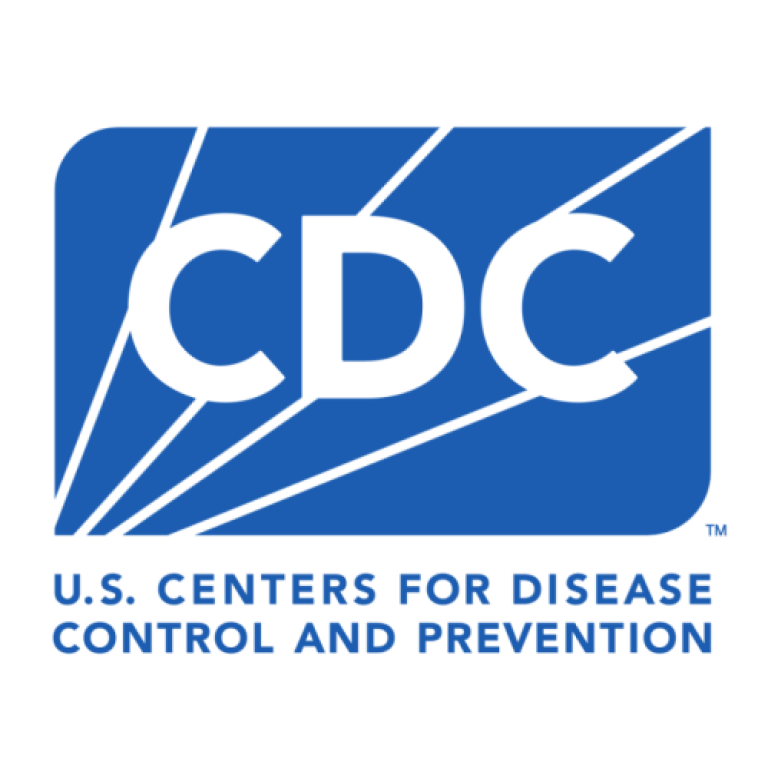
In 1974, the U.S. Centers for Disease Control and Prevention (CDC) began investigating liver cancer deaths in Louisville,…

In 1974, the Cancer Center of Wake Forest University (CCCWFU), became a National Cancer Institute (NCI)-designated cancer center….

In 1974, the National Cancer Institute (NCI) chose the Pacific Health Research Institute (PHRI) to undertake the ‘Breast…